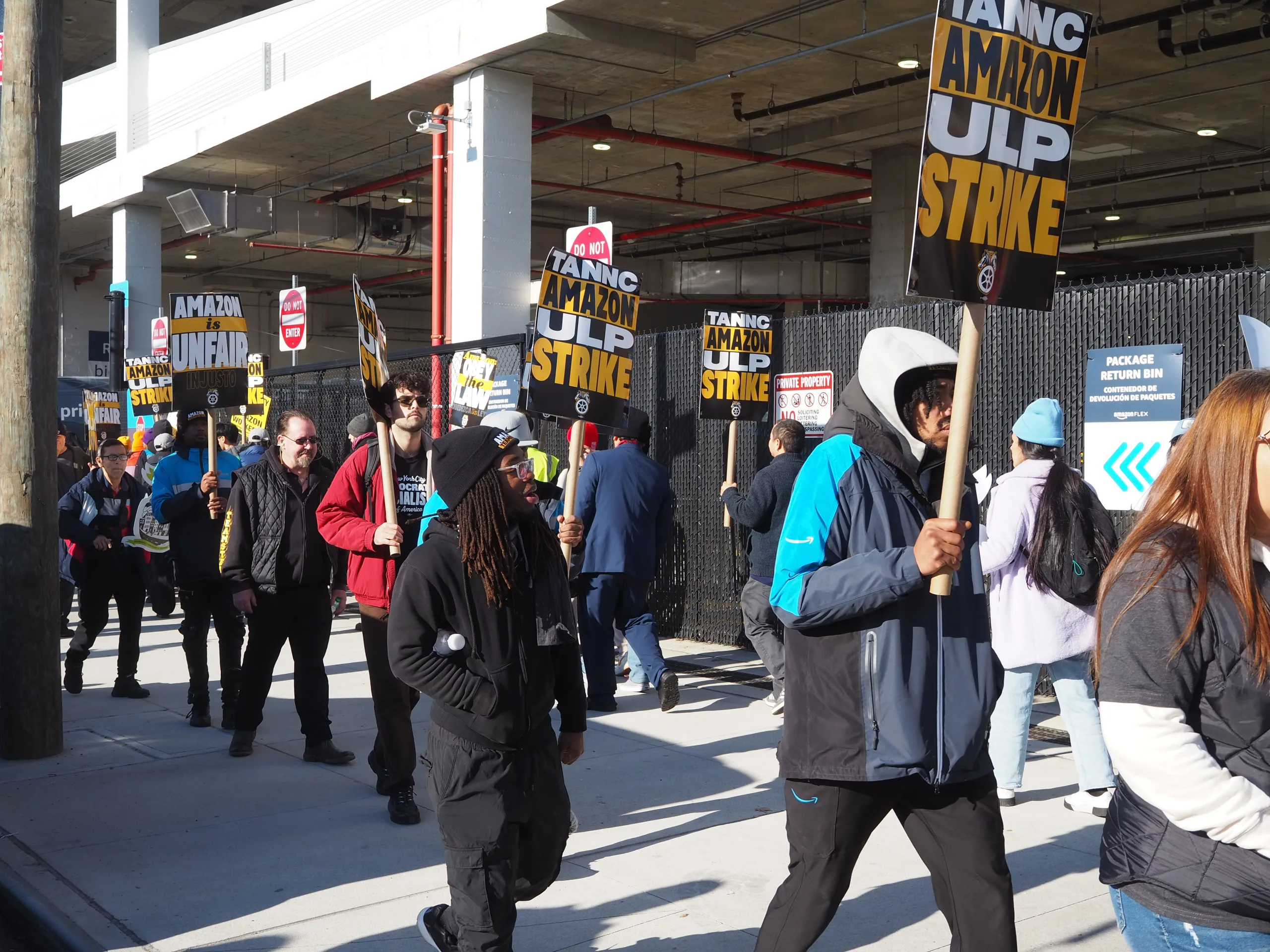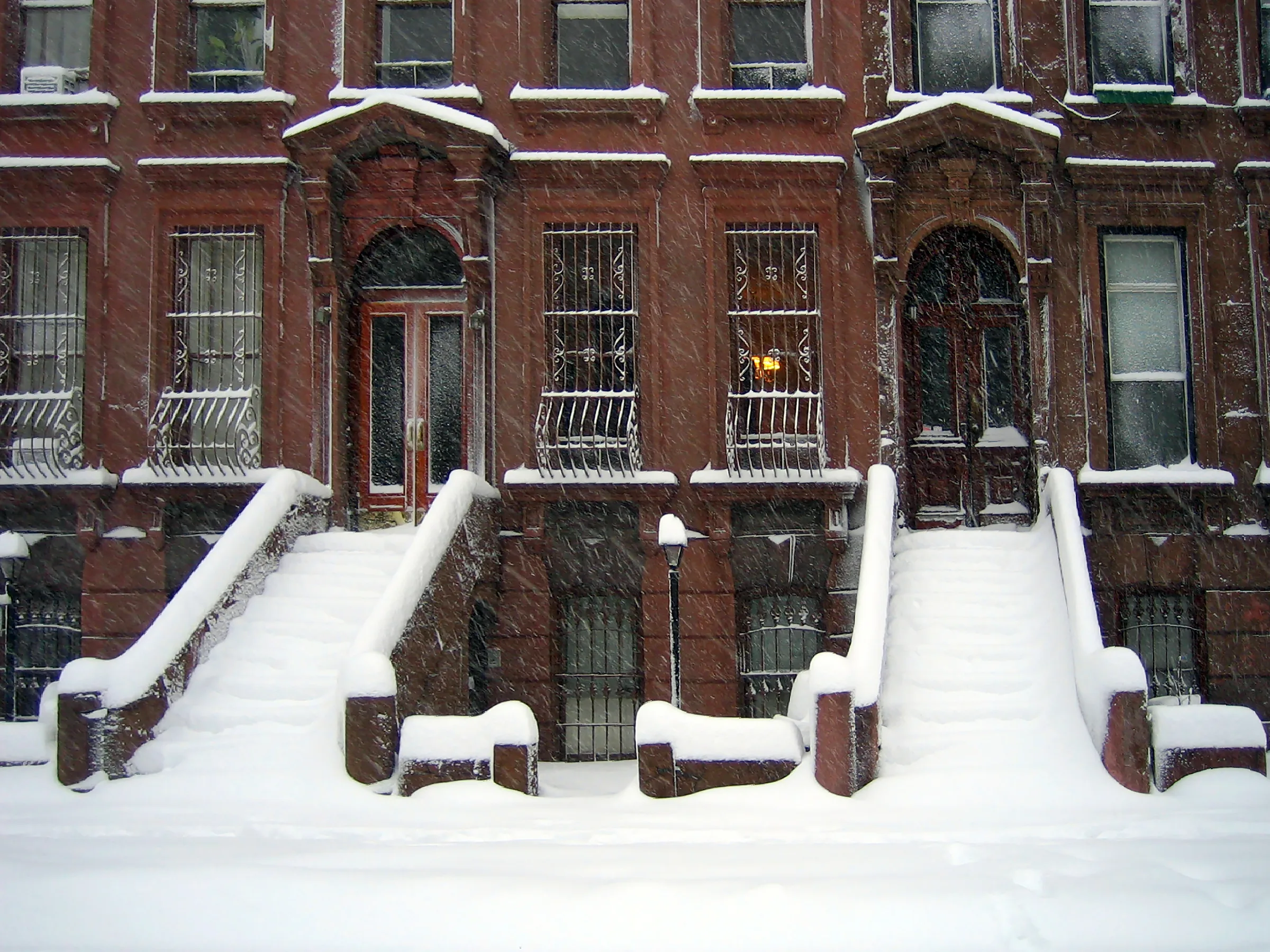Mounted immigration guards had been patrolling the United States’ borders since the early 1900s, and that effort was formalized in 1924 with the passage of the Labor Appropriations Act. The act established the Border Patrol and gave it authority over the areas between border inspection stations. Officers, often riding on horseback, operated out of El Paso, Texas, but their duties expanded as far as California. Many Texas Rangers, local sheriff deputies, and appointees from the Civil Service Register of Railroad Mail Clerk were recruited to be CBP inspectors. In 1925, CBP officers got further authority to patrol the seacoast.
While the early department’s focus was on the southern border, it shifted to the Canadian border during the 1930s as the government cracked down on liquor smuggling. In 1952, border agents gained authority to board transportation operations to search for undocumented immigrants. That’s also when undocumented immigrants traveling in the U.S began to be subject to arrest.
Migration flows grew as years passed, and the federal government’s concerns over the security of the southern U.S. border grew along with them. Former President George W. Bush created the Department of Homeland Security in 2002 after the 9/11 attacks, and established U.S. Customs and Border Protection (CBP), which encompasses the Border Patrol, along with it. Customs and Border Protection is responsible for processing people and goods crossing the U.S.’s borders and stopping anyone or anything that is prohibited from entering.














